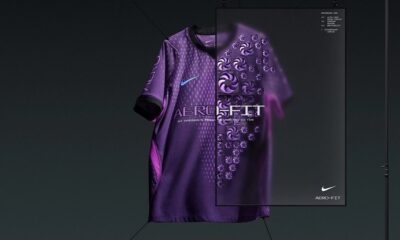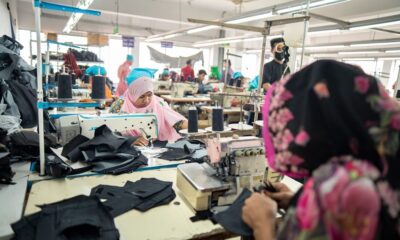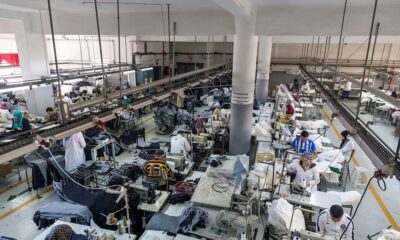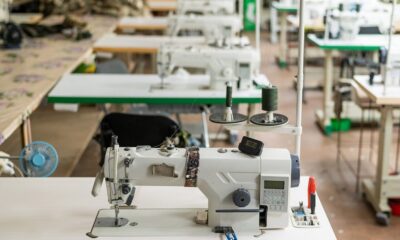Fashion
Low-cost tactics can ease heat-linked issues in Bangladesh RMG sector
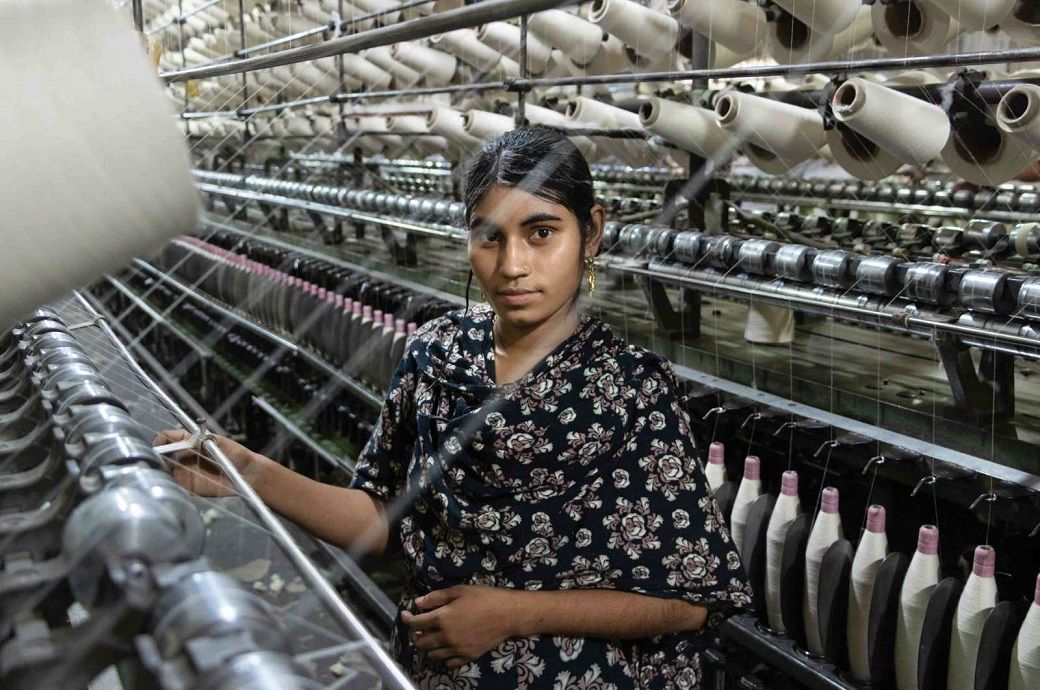
In Bangladesh’s RMG factories, indoor temperatures often soar above 35 degrees Celsius and can reach as high as 40 degrees Celsius. Production halls are typically hot, humid and poorly ventilated, with the constant use of heat-generating machinery like irons and steamers making the air thick and stifling.
An Australian study reveals how low-cost and scalable strategies can reduce heat stress and protect worker productivity in Bangladesh’s RMG sector.
The team tested simple cooling interventions like insulated reflective roofs, electric fans and free access to drinking water.
Without cooling interventions, heat stress reduced work output by around 12-15 per cent.
Workers spend up to 12 hours a day, six days a week, in these conditions which, over time, can take a considerable toll, causing dehydration, heat exhaustion, and a noticeable drop in energy and concentration, putting workers’ health and wellbeing at serious risk.
Most workers are paid by the piece, creating a difficult trade-off: slow down to stay safe in the heat—and earn less—or maintain speed and risk serious illness.
“Garment workers in Bangladesh already endure some of the most precarious and grueling conditions in the world. With rising temperatures, it’s only getting worse,” said Ollie Jay, the study’s senior author and director of the Heat and Health Research Centre at the university in a release.
“Without immediate, scalable and affordable cooling solutions, millions face a serious and growing risk of heat-related illness, exhaustion and long-term harm,” he noted.
To address this, Jay’s team looked at the effects of various cooling alternatives to air conditioning on worker heat strain in a simulated Bangladesh garment factory inside a climate-controlled chamber, replicating the hottest conditions recorded inside a typical factory in Dhaka.
They tested simple cooling interventions like insulated reflective roofs, electric fans and free access to drinking water, and benchmarked them against air conditioning and no cooling at all.
Published in The Lancet Planetary Health, the study found that without cooling interventions, heat stress reduced work output by around 12-15 per cent. These losses were partly recovered through the team’s sustainable cooling strategies, which prioritised cooling the individual instead of altering the surrounding environment, such as using fans and having access to drinking water
A 2.5-degrees Celsius indoor temperature reduction from an insulated, reflective white roof lowered core body temperature, heart rate and dehydration risk.
Electric fan use combined with access to drinking water delivered similar benefits, reclaiming much of the heat-related productivity loss seen in high-intensity tasks like ironing.
Cooling effects were more pronounced in male participants, highlighting the importance of reconsidering gender-specific tasks and clothing in heat mitigation strategies.
“With Bangladesh’s RMG industry targeting a 30 percent cut in greenhouse gas emissions by 2030, these low-resource options could offer a viable path forward for a sector under increasing pressure from both global demand and a changing climate,” said lead author James Smallcombe, a post-doctoral research fellow at the Centre.
The full results suggest that improving building design and supporting worker hydration could become key pillars of climate adaptation in global supply chains, protecting both workers and business continuity.
The Wellcome Trust funded the research.
Fibre2Fashion News Desk (DS)
Fashion
Philippines’ apparel export prices surge 11% to $23.69/kg in 2025

In ****, the average export price stood at $**.** per kg, compared to $**.** per kg in **** and $**.** per kg in ****, according to *fashion.com/market-intelligence/texpro-textile-and-apparel/” target=”_blank”>sourcing intelligence tool TexPro. This consistent rise reflects the industry’s ongoing move towards value-added garments such as sportswear, uniforms, and functional apparel, backed by growing investments in automation, digital printing, and sustainable production practices.
According to *fashion.com/market-intelligence/texpro-textile-and-apparel/” target=”_blank”>TexPro, the Philippines exported apparel worth $***.*** million during January–July ****, compared to $***.*** million in **** and $***.*** million in ****, marking a two-year contraction from $***.*** million in ****. The decline in shipment values mirrors global demand weakness, tighter inventory management by Western retailers, and a continued shift of basic apparel sourcing to lower-cost ASEAN and South Asian producers.
Fashion
Italian brand Fendi welcomes Maria Grazia Chiuri as CCO
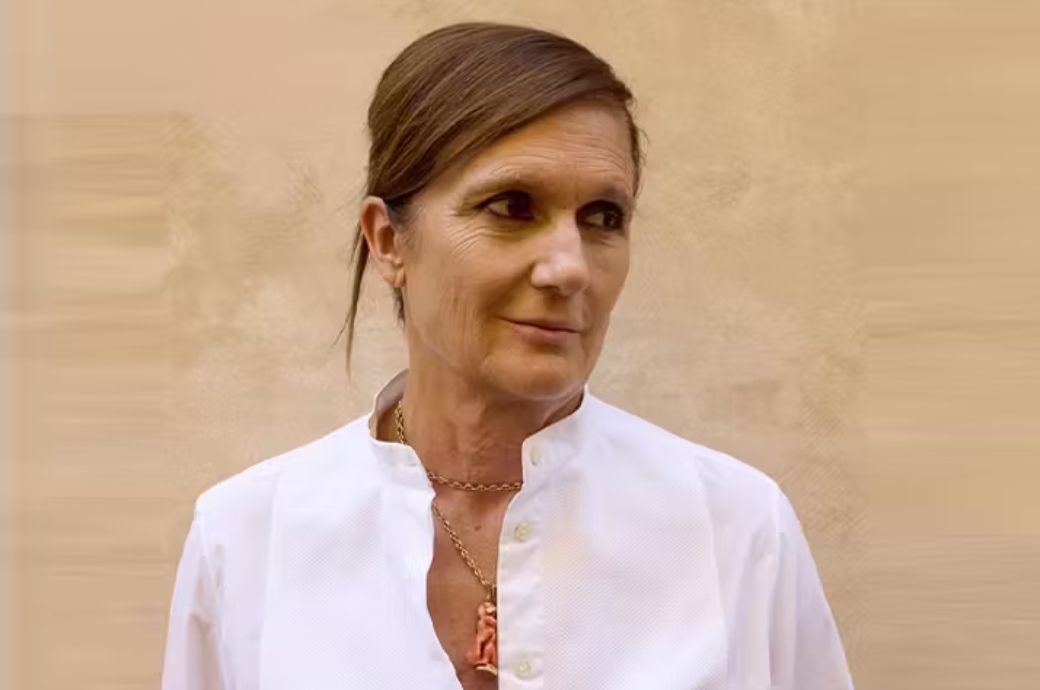
“Maria Grazia Chiuri is one of the greatest creative talents in fashion today, and I am delighted that she has chosen to return to Fendi to continue expressing her creativity within the LVMH group, after sharing her bold vision of fashion. Surrounded by the Fendi teams and in a city that is dear to her, I am convinced that Maria Grazia will contribute to the artistic renewal and future success of the Maison, while perpetuating its unique heritage,” says Bernard Arnault, Chairman and CEO of LVMH Group.
“I’m thrilled to welcome Maria Grazia into the team. The role of a creative director is no longer to simply design beautiful clothes but to curate a culture and hold a mirror to the world we live in. Her talent and vision will be instrumental in fortifying FENDI’s heritage, shaping the future talent in the house and deepening our commitment to Italian craftsmanship,” states Ramon Ros, FENDI’s Chairman and CEO.
Fendi has appointed Maria Grazia Chiuri as its new chief creative officer.
Returning to the Maison where she began her career, Chiuri will lead its artistic direction while strengthening Italian craftsmanship.
Bernard Arnault and Ramon Ros praised her vision and cultural influence.
Chiuri’s debut collection for Fendi, Fall/Winter 2026–2027, will be presented in Milan next February.
“I return to FENDI with honour and joy, having had the privilege of beginning my career under the guidance of the House’s founders, the five sisters. FENDI has always been a forge of talents and a starting point for many creatives in the industry, thanks to the extraordinary ability of these five women to foster and nurture generations of vision and skill.
I am grateful to Mr. Arnault for entrusting me with the task of helping to write a new chapter in the history of this extraordinary women-founded company,” states Maria Grazia Chiuri, FENDI’s Chief Creative Officer.
Maria Grazia will present her first collection, FENDI Fall/Winter 2026-2027, in Milan next February
Note: The headline, insights, and image of this press release may have been refined by the Fibre2Fashion staff; the rest of the content remains unchanged.
Fibre2Fashion News Desk (RM)
Fashion
2nd Protocol amending ASEAN-Australia-NZ Free Trade Area starts
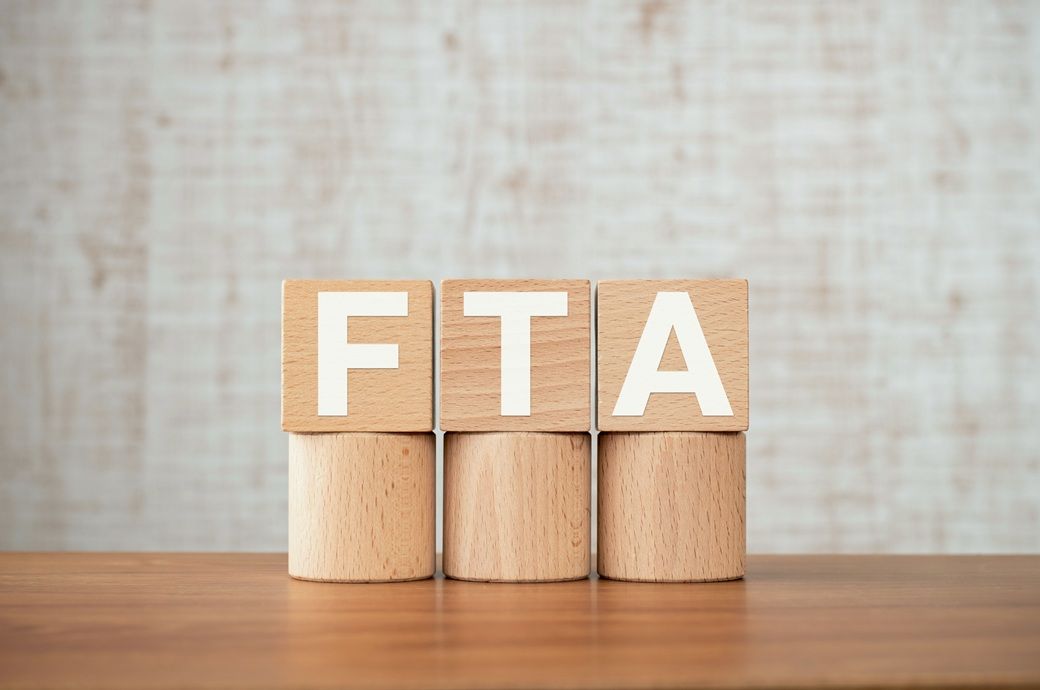
Philippine President Ferdinand Marcos Jr expressed optimism that this will open new opportunities for e-commerce, trade and micro, small and medium enterprises (MSMEs).
The Second Protocol amending the ASEAN-Australia-New Zealand Free Trade Area entered into force recently.
At the ASEAN-New Zealand Commemorative Summit in Kuala Lumpur, Phillipine President Ferdinand Marcos Jr expressed optimism that this will open new opportunities for e-commerce, trade and MSMEs.
He highlighted New Zealand’s expertise in agritech, sustainable farming and value-chain integration.
He made the remarks during the ASEAN-New Zealand Commemorative Summit in Kuala Lumpur, one of the related summits of the 47th meeting of Association of Southeast Asian Nations.
“We hope this will expand market access, enhance regulatory certainty, and open new opportunities in e-commerce, sustainable trade, and MSME empowerment,” Marcos was quoted as saying by regional media outlets.
“I wish to reiterate the Philippines’ support for the ASEAN-New Zealand Comprehensive Strategic Partnership, as well as for the establishment of a biennial ASEAN–New Zealand Summit,” the President said.
New Zealand’s expertise in agritech, sustainable farming, and value-chain integration has enabled the regional bloc to “strengthen livelihoods, raise standards, and enhance food security across our communities,” he noted.
Fibre2Fashion News Desk (DS)
-

 Fashion1 week ago
Fashion1 week agoChinese woman charged over gold theft at Paris Natural History Museum
-

 Entertainment1 week ago
Entertainment1 week agoJohn Grisham unveils his first-ever mystery, “The Widow”
-

 Tech1 week ago
Tech1 week agoThis Smart Warming Mug Is Marked Down by $60
-

 Tech1 week ago
Tech1 week agoEaster Island’s Moai Statues May Have Walked to Where They Now Stand
-

 Fashion1 week ago
Fashion1 week agoThe North Face and Cecilie Bahnsen launch second collaboration
-

 Tech1 week ago
Tech1 week agoOpenAI has slipped shopping into ChatGPT users’ chats—here’s why that matters
-

 Politics4 days ago
Politics4 days agoTrump slams ‘dirty’ Canada despite withdrawal of Reagan ad
-
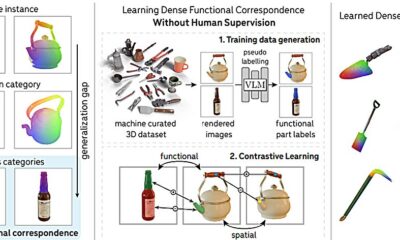
 Tech1 week ago
Tech1 week agoAI model could boost robot intelligence via object recognition




